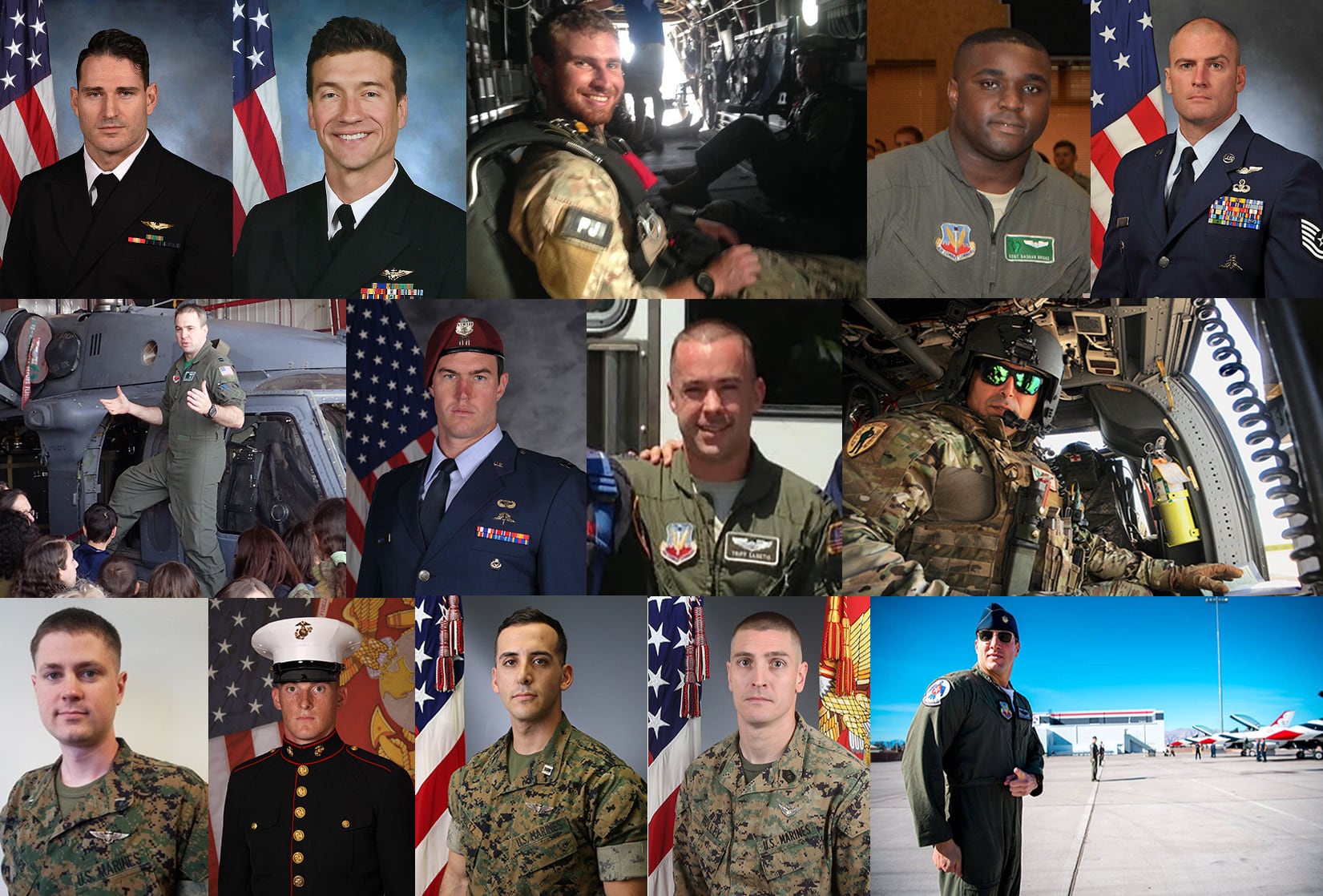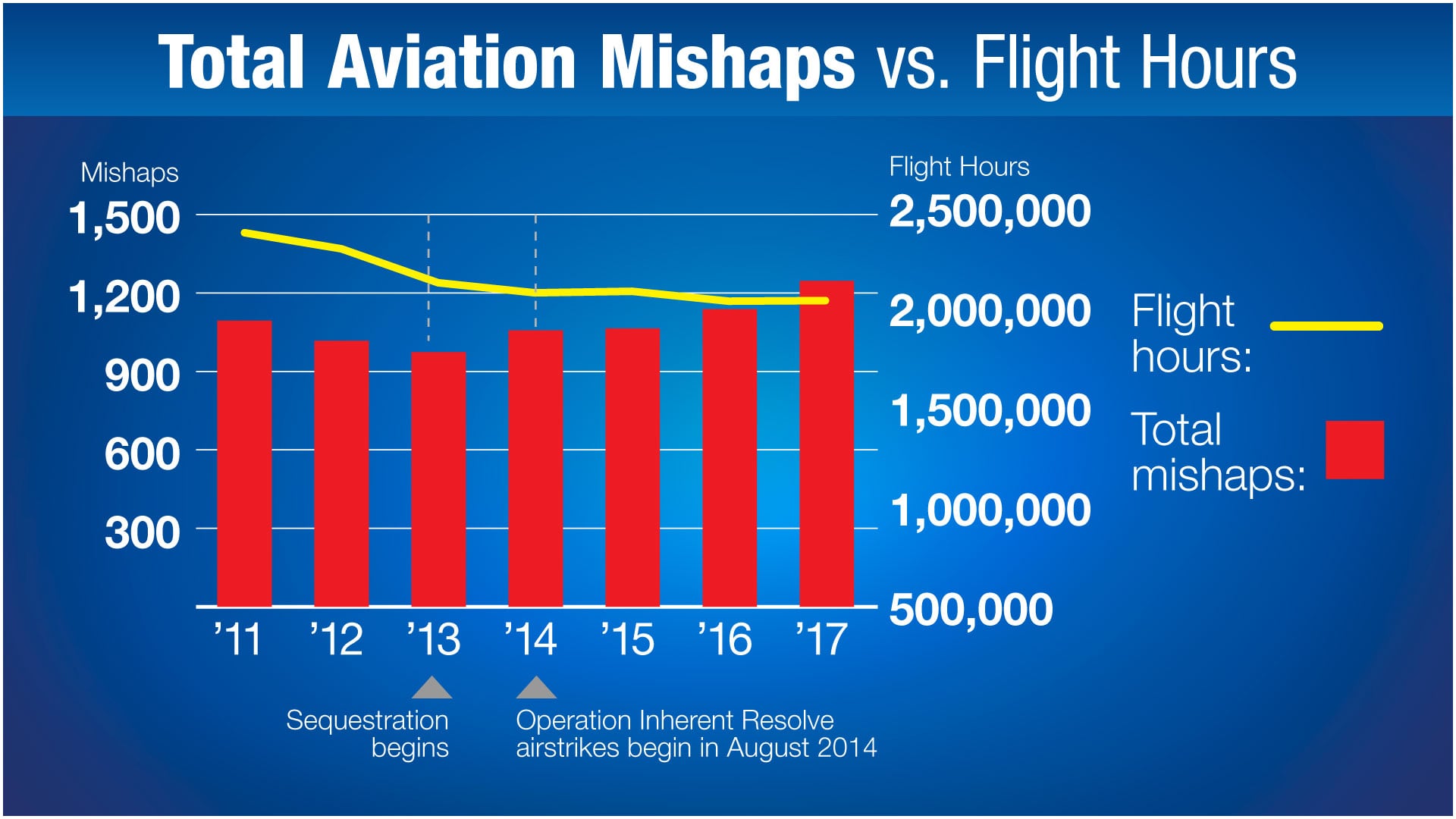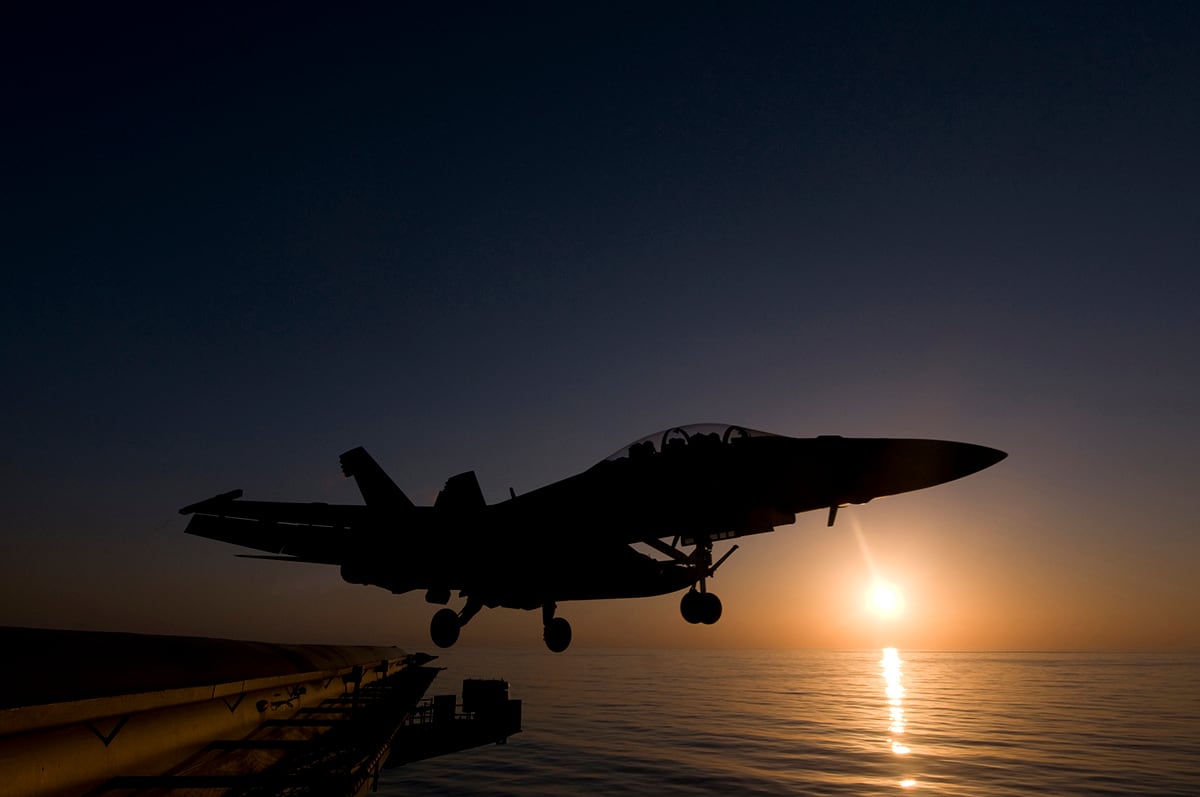Rep. Mike Turner made a stunning comparison recently when he was talking to top military aviation officials.
“More U.S. military service members have died in aircraft mishaps over the past year than have died while serving in Afghanistan,” the Ohio Republican said.
Sadly, he’s right.
The death of any military service member is a tragic loss. But there is something especially troubling about deaths that occur at home during training.
A recent Military Times investigation highlighted some of those fatalities, finding that at least 133 service members died in aviation mishaps during the five-year period from 2013 through 2017.
The vast majority of those deaths occurred during training flights.
If an overseas operation targeting Islamic extremists had taken the lives of 133 troops over five years, it would be the central focus for the Pentagon’s leaders and the American people they serve.
But the problems in military aviation have emerged slowly over time and have commanded far less attention.
It’s easy to blame Congress for failing to properly fund the military.
And Capitol Hill’s year-after-year habit of playing politics with military budgets set in motion the aviation crisis back in 2013 with the defense spending caps.
But there’s plenty of blame to spread around the Pentagon, too.
In the week since the investigation was published, military personnel have told Military Times another factor behind the mishaps is the inability of the military to say no to additional missions — and the idea that the military is the solution for every global problem.
A close look at the data charting the rise in aviation mishaps over the past five years also reveals a critical fact:
The problem is far worse in the Navy and Marine Corps than it is in the Air Force and Army.
RELATED

The rise in aviation mishaps also reveals one of the Defense Department’s historic weaknesses: managing its people.
The services failed to properly track their mid- to senior-level aviation maintainers, and they failed to notice when they left the force in droves a few years ago. At least one service has been able to tie the loss of senior maintainers to a rise in accidents.
Now, with a critical skills gap among the senior enlisted force, the services face the daunting task of rebuilding that institutional knowledge.

It’s hard to imagine a commercial aviation company failing to notice for years as it hemorrhaged the skilled workforce needed to maintain a fleet of aircraft.
Concerns about aviation readiness were compounded recently by a report that revealed the stunning shortage of fighter pilots in today’s force.
According to the Government Accountability Office, the Air Force, Navy and Marine Corps have 25 percent fewer pilots than they actually need.
In other words, roughly one in four fighter pilot billets is empty.
Measuring military readiness is a complex and imprecise mission. There is no single metric that captures the nation’s ability to defend itself.
But a rise in aviation mishaps is a pretty good canary in the coal mine.
Leaders in Congress and at the Pentagon should take note.





